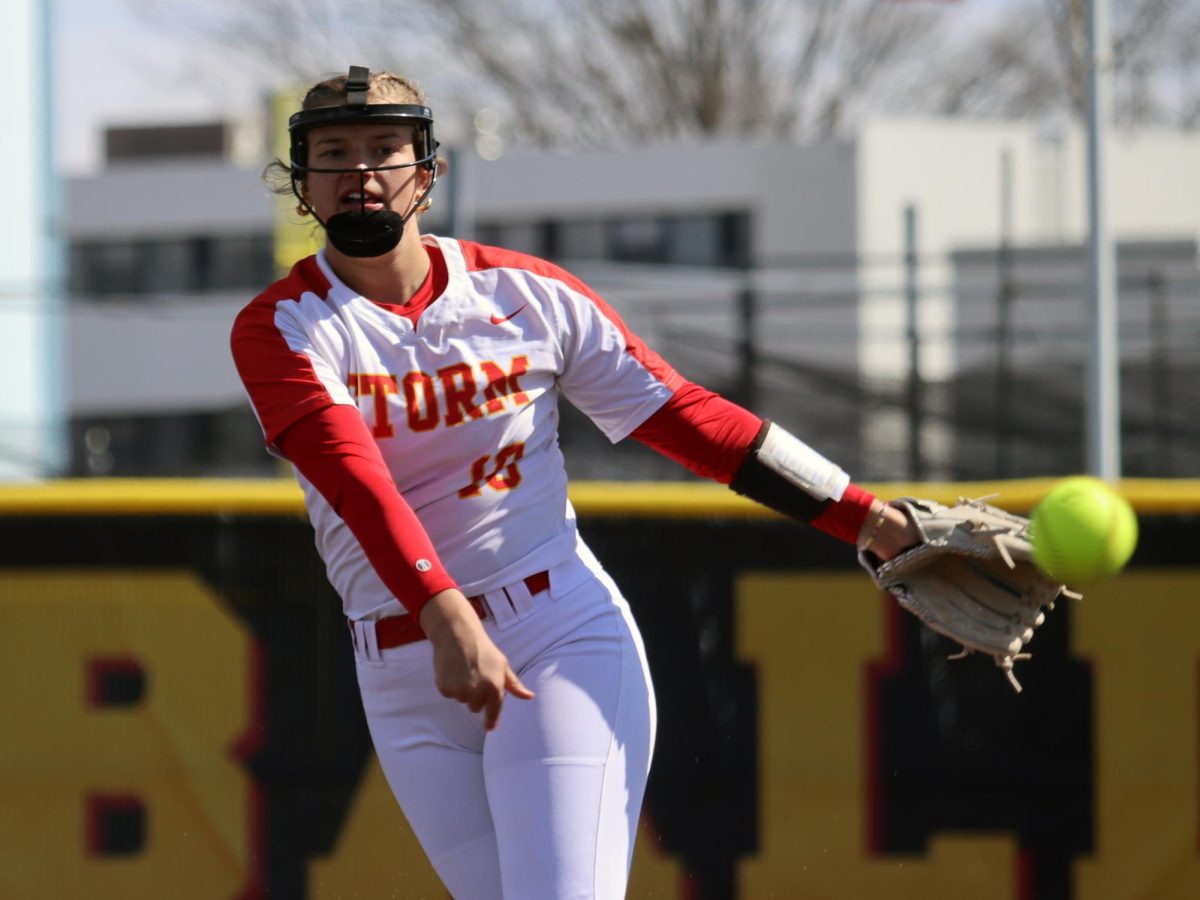Dressing up to par?
April 1, 2004
As students, we often go to class and try to retain whateverinformation we find useful from the day’s lectures. For this week,I’d like to ease your minds and draw your attention to the fashionsand style of our professors.
My last style article focused on the bad fashions of collegestudents. This time I shall bring your attention to the faculty andstaff who appear to be flirting with fashion and style.
Since my first year at Simpson, there has always been a littlebit of attention directed to the president of the college and thestyle that clearly defines him. President R. Kevin LaGree is alsofamous among college students for his signature wear, which almostalways features a sports coat, a button-down shirt and, of course,the inevitable bowtie.
To understand the classic nature of his style, it is importantto know the history of the neckwear President LaGree always likesto sport.
According to Neckties.com, the bowtie dates back to the 1700s.Its name is derived from the French word jabot, which is a type ofa ready-made cravat worn in the 17th century. It wasn’t until the18th and 19th centuries that the bowties started to become afashion element, which was featured in various materials andstyles.
Towards the late 19th century, the bowtie gained popularityamong aristocrats when Pierre Lorillard V invented the tuxedo as analternative to the tailcoats worn with white bowties.
In the centuries following that, bowties experienced arevolution. We soon witnessed a change in the color and pattern ofthe material used, which took a different look from the traditionalblack and white materials of the aristocrats.
Today, we see different variations of such materials for bowtiesfrom high school proms to traditional weddings.
There are other professors on campus who also share the samepassion for bowties as President LaGree. To name a few, Dr. MichaelPatterson, professor of music, is also a member of the bowtierevolution. He, too, owns a variety of bowties, including a woodenone. A final member of the club would be Dr. Cliff Meints from theChemistry Department.
This look says no more than “I am an accomplished man and I liketo hold on to traditions.”
Taking a different look at vintage fashions, I shall take a leapin time and draw your attention to the fashions of Dr. John Pauley,professor of philosophy, whose sense of style is probably inspiredby the secret societies of the 1950s.
History of fashion tells us the cardigan, button-down shirt andlong tie look drew its inspiration from the athletes of the 50s,who often displayed their letters on these cardigans.
This is obviously a comfortable style for Pauley and I mustadmit; it suits him really well. It is somewhat of a preppy look,the kind you’d see on conservative Ivy League schools of thetime.
From the English Department, I’d be remiss not to mention thesignature eyewear worn by the Shakespearean expert, Cory Harrigan.Her chosen eyewear is also a product of the 50s fashions. This lookfeatures eye glasses, whose frame is molded into cat’s eyes designwith rhinestones added as the finishing touch.
Harrigan mixes up her eyewear with the relaxed look of today’sfashions, which sort of gives us a hint into her personality, otherthan that of a teacher. This look says, “I don’t like drab; I liketo have a little fun from time-to-time.”
Speaking of today’s fashions, it is nice to see some of ourprofessors having a little fun with fashion.
Sporting a trendy look, which almost turns him into the Iowaversion of a metrosexual, is Brian Steffen, professor ofcommunication studies. Some of you have probably seen him aroundcampus wearing his new age Kangol hat.
Steffen’s option for a hat also speaks volumes about hispersonality and style. His style can be interpreted as saying, “I’mjust guy who likes who knows how to accessorize.”
As far as accessories and style go, there is yet one more personto mention, who almost redefines what it means to have fun withfashion and style.
Dr. Maria DiPalma, professor of music, is a lady whose sense ofstyle rests over a variety of fashion periods. She’d willinglyadmit to her passion for stiletto heels. With a mini shoe museum ofher own, DiPalma owns various pairs from some of the major fashionhouses such as Prada, Dolce and Gabbana and Chanel.
Her flirtatious appetite for fashion says, “I’m a woman and Iget a high from feminine shoes.” Perhaps her next venture would bethe much-talked about Manolo Blahniks.
It is rather exciting to see our professors and staff membershaving a little fun with fashion. This discovery might also sparkinterest in those who didn’t want to teach at colleges due to fearof not wanting to look dull and boring like the professors ofprevious periods. Whoever said having fun with fashion wasrestricted to college students only?











